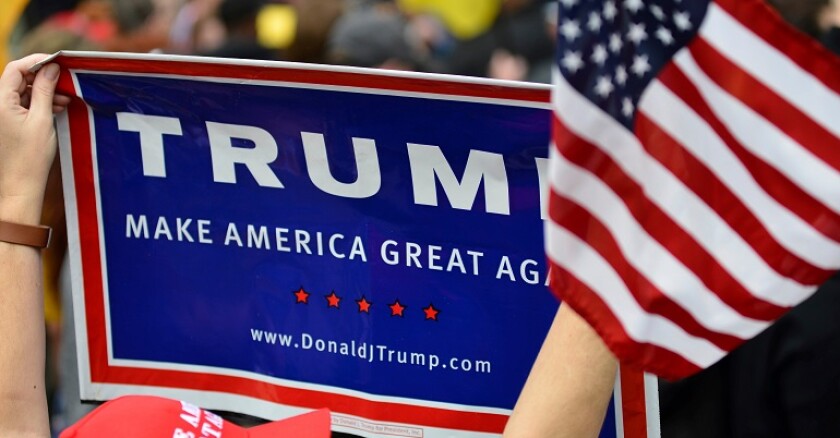Rhetoric like that lit up voters in this town of 6,333 people. But Red Lion is one of the places where Trump’s rhetoric is colliding with reality. In assessments of lead exposure, 21 percent of the children tested in Red Lion had high levels in their blood. That’s four times higher than in Flint, Mich., where lead in the drinking water exploded into a national crisis. And it’s more than eight times the national average. In the county seat of York, high lead exposure hits 30 percent of the kids, and, in one Census tract, high lead levels are affecting fully half the children.
Like many towns, Red Lion has taken advantage of help from Washington to deal with some of its environmental liabilities. For example, the federally funded Community Development Block Grants allow local governments to rehab old houses to reduce lead exposure. But that program, which along with others builds lead-free public housing, monitors lead levels in communities and cleans up lead-contaminated properties, is slated for elimination in Trump’s “skinny budget.” So, too, is funding to set the standards for removing the lead.
The budget is setting up a massive collision between the people who voted for Trump and the federal programs that benefit them. The promise of “draining the swamp” tapped into many voters’ worries that inside dealing dominated Washington politics. They never expected that programs affecting their kids would be part of the swamp being drained. Trump’s budget plans have fueled growing whispers that the president is coming unmoored from the populist base that elected him.
In Gettysburg, not far to the west of Red Lion, a small business owner told NBC News that she had Obamacare -- but that she had voted for Trump. She wanted him to make good on his promise to give her better care for less money.
That promise is at the center of the current health insurance struggle on Capitol Hill. Now that the House has passed its version of the repeal and replace bill, the Senate (as of this writing) faces the challenge of funding the parts of the original bill most people like, including guarantees of coverage for pre-existing conditions, while backing off the mandates, which conservatives despise. The most likely strategy is pushing the nastiest problems to the states, by converting Medicaid into a block grant and giving governors the right to opt out of some provisions. Governors would be stuck providing benefits no one wants to cut, but without enough money from Congress to fund them. It would leave many states with an impossible dilemma: cut those benefits, or dig deeper into general fund budgets that are already teetering.
Then there’s the administration’s $1 trillion infrastructure pitch, one of the few proposals that has generated enthusiasm among Democrats. How would Trump pay for it? All the options make Republicans nervous. There’s the plan to create tax breaks to encourage new public-private partnerships. Then there’s the idea of having the federal government take advantage of historically low interest rates to borrow the money itself.
New federal tax breaks for infrastructure won’t provide state and local governments with more cash. They’d just be allowed to go into debt more cheaply. Many of these governments are already tapped out, unable to increase their borrowing much no matter how cheap the money is. Moreover, the tax break strategy requires states and localities to lure private investors, and these investors will be interested in projects with the best returns and the greatest certainty of repayment. That’s likely to favor flashy, big-ticket investments like new airport terminals and toll bridges -- not replacing lead-leaching pipes in Flint and old homes in Red Lion, rebuilding urban bridges, or filling in the internet gaps in Appalachia, where poorer communities would find it impossible to put themselves even deeper into debt to get hooked up.
This all has big implications for the president. If his programs pass, he risks making income inequality worse for legions of his voters, already angry that a generation of economic growth had left them behind. Washington might be swampy, but federal programs, not state and local ones, have fueled what modest progress the nation has made in plugging the big gaps in economic growth.
So Trump is caught in a nasty dilemma. Failing to get his agenda passed could leave his supporters disappointed. Enactment of it would freeze many of them out.









